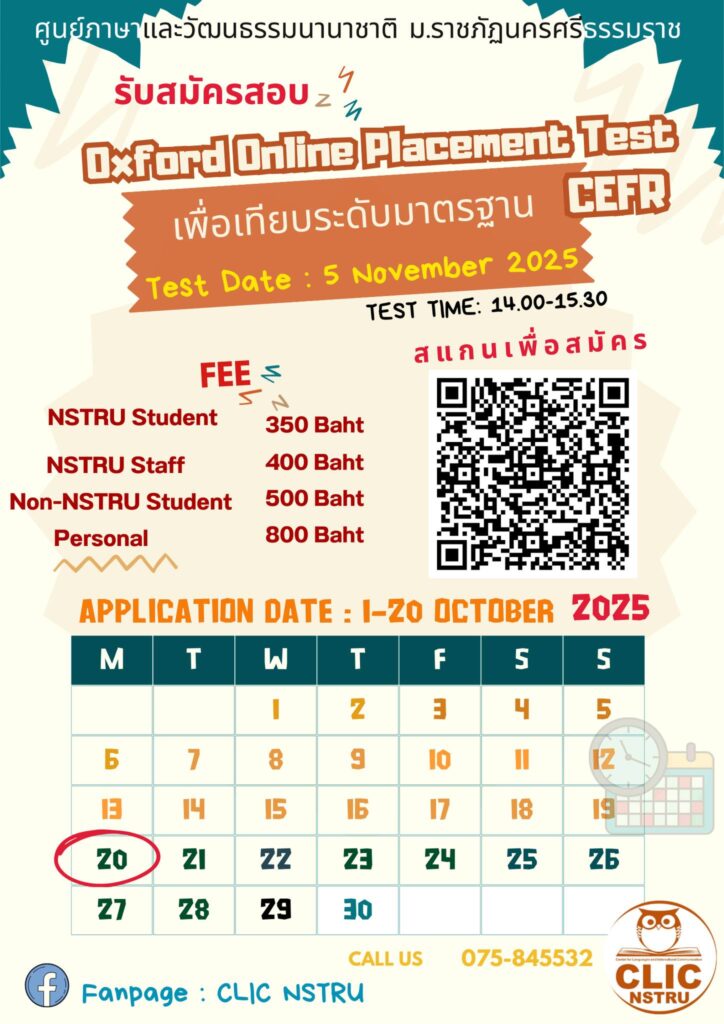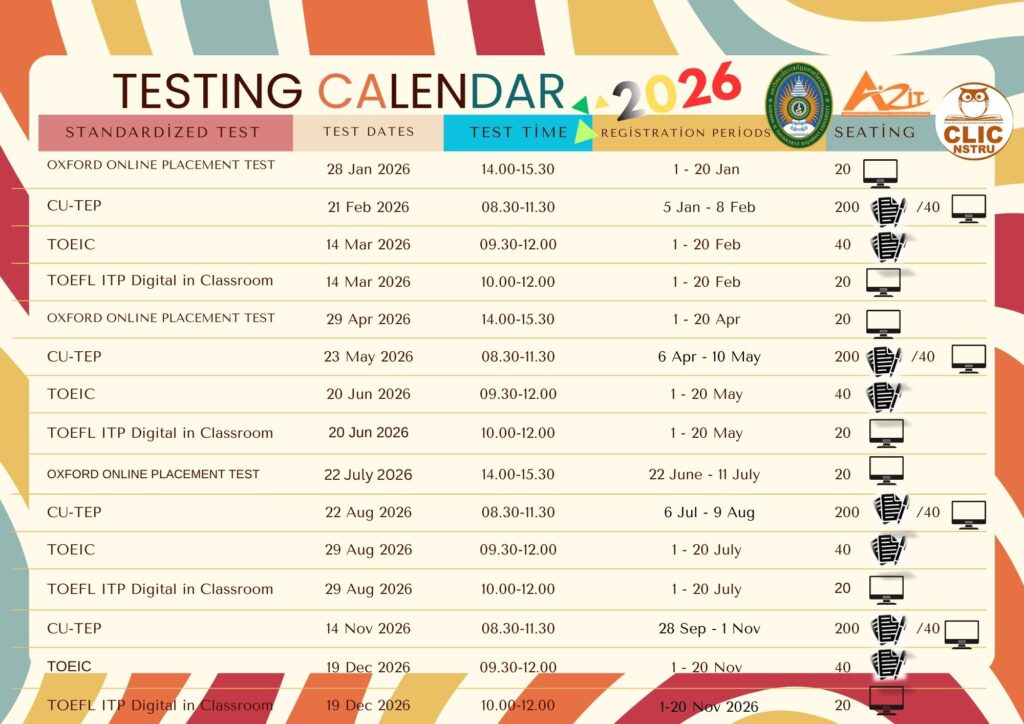
TOEIC
📝What is TOEIC?
TOEIC stands for Test of English for International Communication. It is an English language proficiency test designed to measure the ability to use English in everyday work and business communication.
Typically, the TOEIC test assesses Listening and Reading skills, but there are also separate tests for Speaking and Writing skills.
📌Why take the TOEIC?
To evaluate English proficiency for the workplace
Used as a requirement for job applications or promotions in many companies
Widely used by organizations around the world to measure English language ability
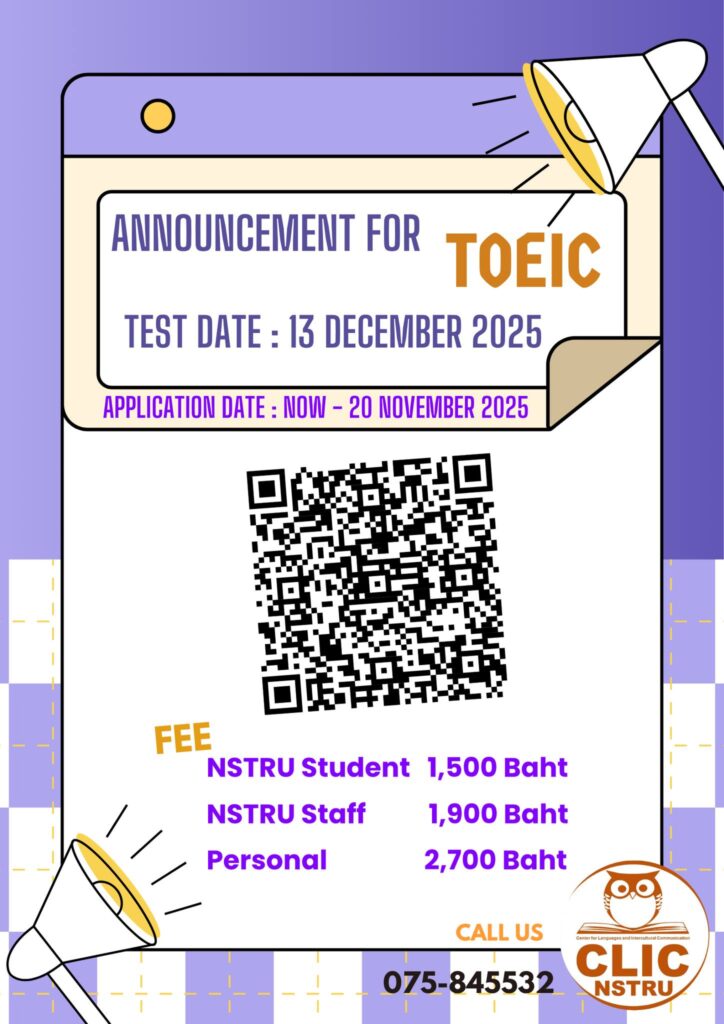
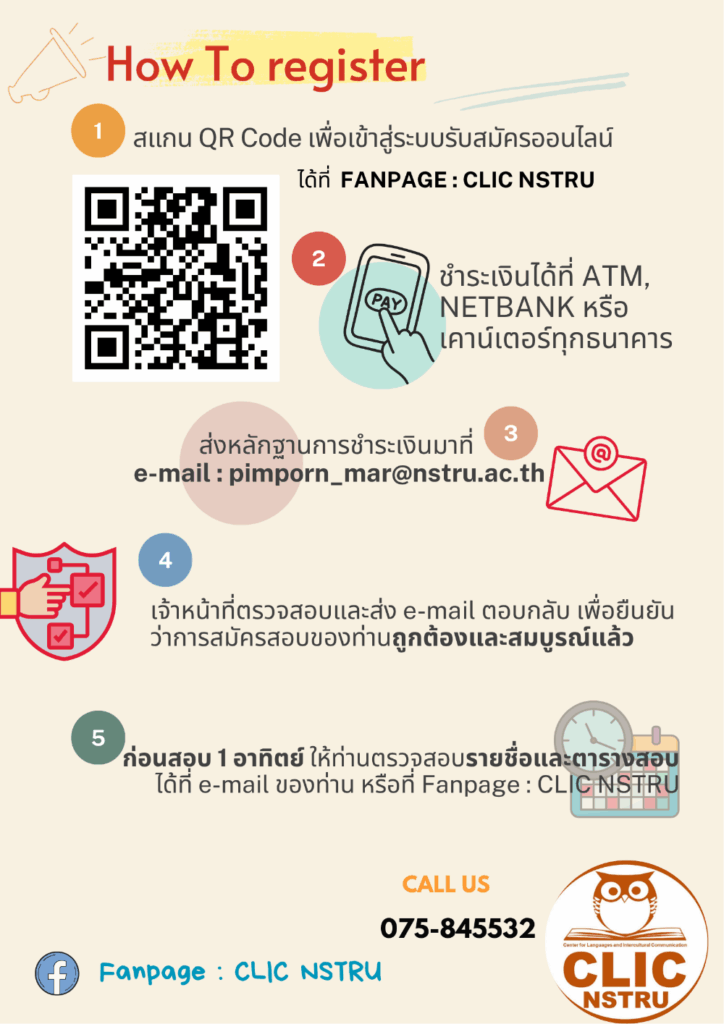
TOEIC (Test of English for International Communication)
Details of the Examination:
The TOEIC (Test of English for International Communication) is a standardized test designed to assess an individual’s ability to communicate in English in everyday situations, both in the workplace and in daily life. It measures the proficiency of English users ranging from beginner level to near-native fluency.
The test was first developed in 1979 by the Educational Testing Service (ETS), a non-profit organization based in the United States, recognized worldwide for its expertise in developing internationally standardized assessments. ETS is also responsible for creating other globally recognized tests such as TOEFL, GRE, and SAT.
The TOEIC test evaluates all four language skills: listening, speaking, reading, and writing. TOEIC scores can be aligned with the Common European Framework of Reference for Languages (CEFR) — an international standard used to describe language proficiency levels, ranging from beginner to proficient users. The CEFR is widely accepted by educational institutions and organizations around the world, including in Thailand.
Source: https://cpathailand.co.th/toeic-listening-reading-test-overview/
Application Channels:
- Facebook Fanpage: CLIC NSTRU
- Website: https://clic.nstru.ac.th/
Test Schedule:
The TOEIC test is organized every 2–3 months.
Application Procedure:
(To be provided or specified as appropriate.)

CU-TEP
CU-TEP stands for Chulalongkorn University Test of English Proficiency. It is an English proficiency test developed and administered by Chulalongkorn University in Thailand.
📝 What does CU-TEP test?
CU-TEP is designed to assess academic English skills in the following areas:
Listening
Reading
Writing (optional – CU-TEP with Writing)
🎯 What is CU-TEP used for?
Admission to graduate and some undergraduate programs at Chulalongkorn University
English proficiency assessment for scholarships, job applications, or academic purposes
Some Thai and international institutions may also accept CU-TEP scores
📌 Test Format:
Total score: 120 points (Listening 30, Reading 60, Writing 30 if applicable)
Duration: About 2 hours (longer with the writing section)
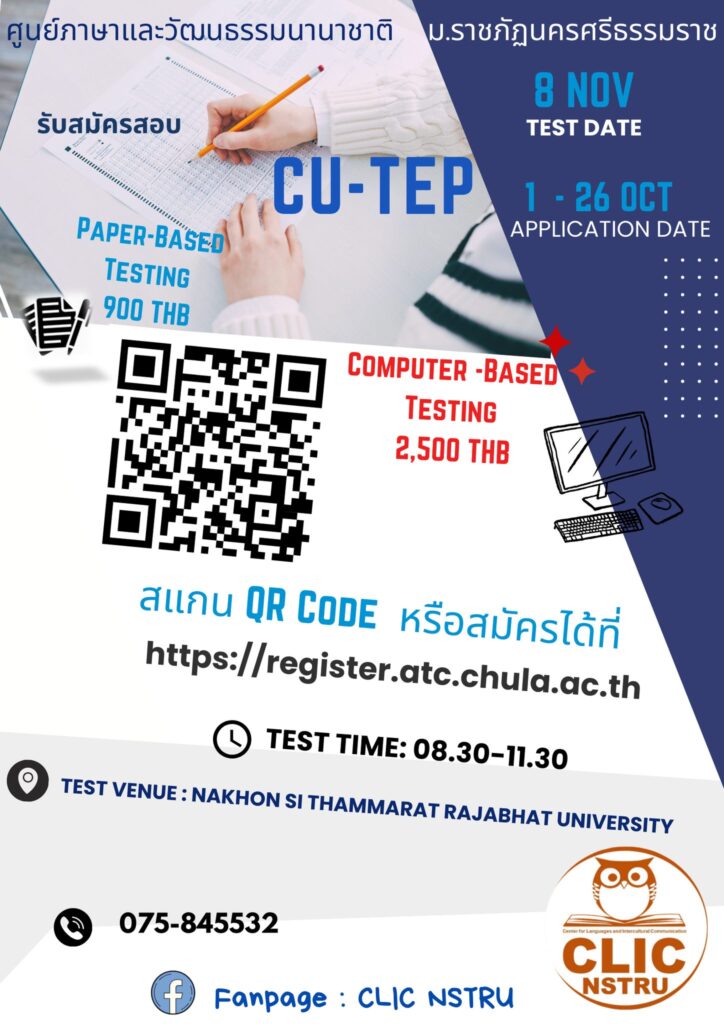

CU-TEP (Chulalongkorn University Test of English Proficiency)
Details of the Examination:
The Test of English Proficiency for Educational Purposes (TEP) is designed to assess English language proficiency for academic purposes at both the undergraduate and graduate levels. The test evaluates three key skills: listening, reading, and writing.
It is developed and administered by the Academic Testing Center, Chulalongkorn University. The test results can be used to measure English language proficiency for admission to undergraduate, master’s, and doctoral degree programs, as well as for employment applications in both public and private sectors.
Source: https://atc.chula.ac.th/
Application Channels:
- Facebook Fanpage: CLIC NSTRU
- Website: https://clic.nstru.ac.th/, https://atc.chula.ac.th/
Test Schedule:
The examination is conducted every three months.
Application Procedure:
(To be provided or specified as appropriate.)

TOEFL ITP
📝 What is TOEFL ITP ?
The TOEFL ITP (Institutional Testing Program) is a paper-based English proficiency test developed by ETS (Educational Testing Service). Unlike the regular TOEFL iBT (Internet-based Test), the TOEFL ITP is usually administered by universities, colleges, or organizations for internal purposes rather than for international admissions.
Here’s a breakdown:
✅ Key Features:
Format: Paper-based multiple choice.
Skills Measured:
Listening Comprehension (understanding spoken English in academic settings)
Structure and Written Expression (grammar and usage)
Reading Comprehension (understanding academic texts)
Scoring: Each section is scored 31–68 (for Listening and Reading) or 31–68 (for Structure), with a total score range 310–677.
Levels:
Level 1: Intermediate to Advanced (used for most university contexts).
Level 2: Beginning to Intermediate (simpler version).
✅ Uses:
Placement in English programs at universities.
Progress evaluation in academic courses.
Graduation requirements in some institutions.
Scholarship or exchange program qualification (in some cases).
⚠️ Limitation:
TOEFL ITP is not accepted for international university admissions the way TOEFL iBT or IELTS are. It’s intended for institutional/diagnostic use rather than official immigration or study-abroad applications.
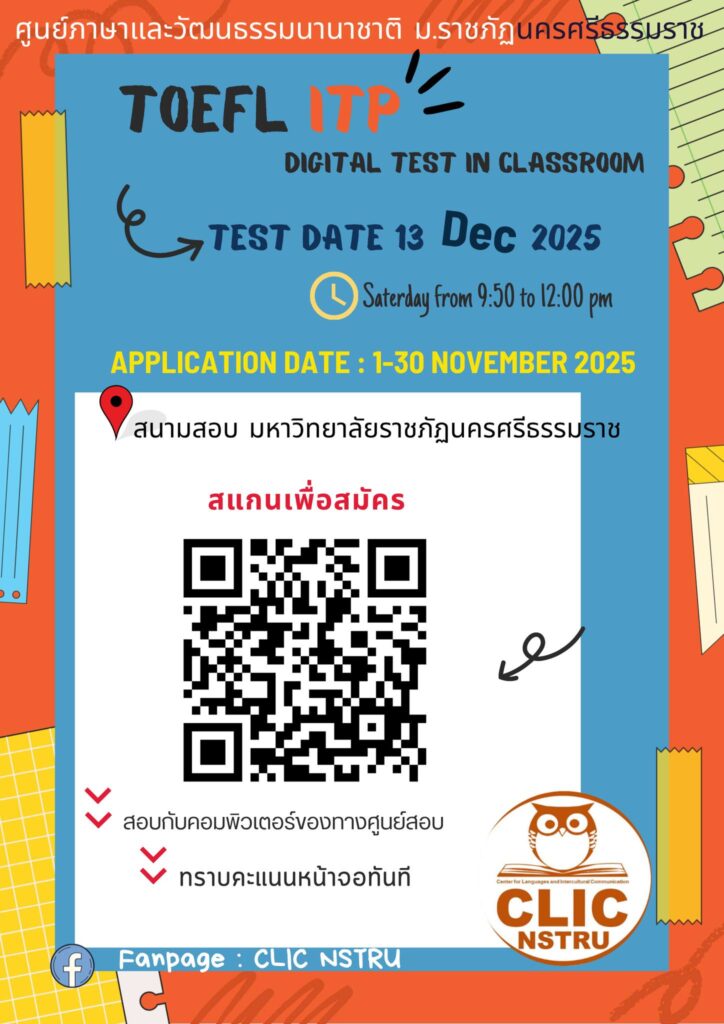
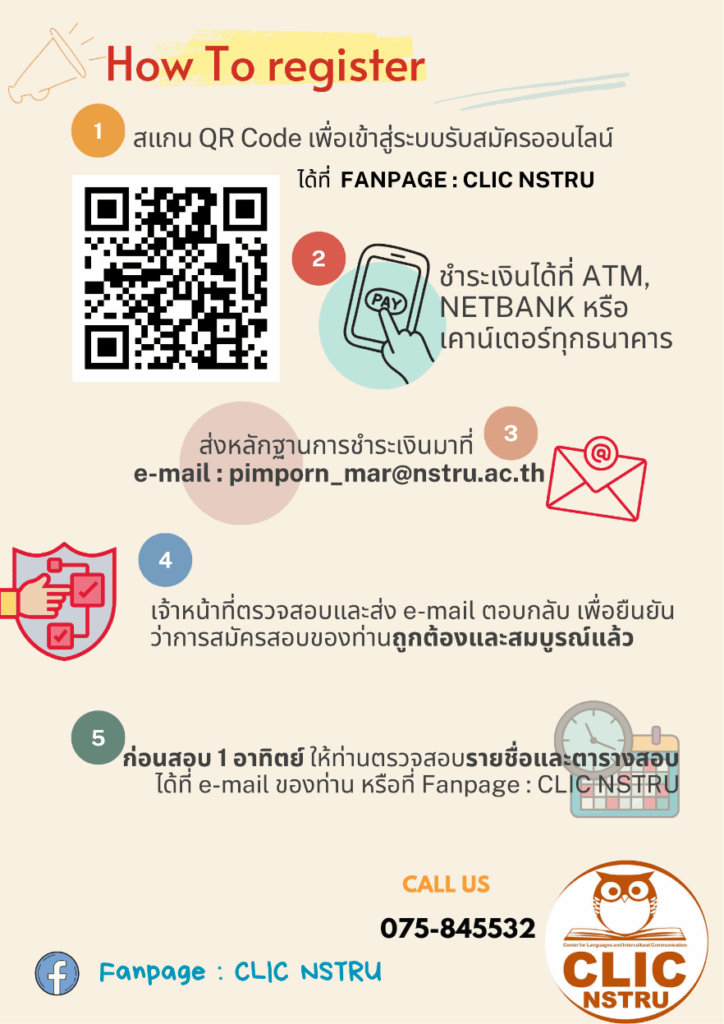
TOEFL ITP (Institutional Testing Program)
Test Details: The TOEFL ITP is a standardized test designed to assess listening, grammar, and academic reading skills. It is administered by the International Institute of Education in Southeast Asia (IIE/SEA) on behalf of the Educational Testing Service (ETS), the official developer of the TOEFL ITP standardized test. This English proficiency assessment is widely recognized and accepted internationally, making it suitable for:
Admission to undergraduate and graduate programs for candidates from countries where English is not the primary language of instruction.
Admission and placement in international degree programs conducted in English, where graduate training is provided in English.
Admission to short-term non-degree programs in English-speaking countries, where the sending and receiving institutions agree to use TOEFL ITP scores.
Completion of English programs that demonstrate academic English proficiency in listening and reading.
Placement in intensive English programs emphasizing academic English proficiency at the college or postgraduate level.
Monitoring progress in English programs focused on academic English proficiency.
Scholarship programs, as documented evidence of academic English proficiency.
Source: Educational Testing Service (2017)
Registration Channels: Fanpage: CLIC NSTRU, https://clic.nstru.ac.th/
Test Schedule: Administered every four months
Registration Procedures: [Details to be provided]


Oxford Online Placement Test (OOPT)
📝 What is Oxford Online Placement Test (OOPT)?
The Oxford Online Placement Test (OOPT) is an adaptive online test developed by Oxford University Press. It measures a learner’s English language proficiency and quickly places them into the right level for study or training.
✅ Key Points:
Skills tested:
Use of English (grammar, vocabulary, meaning in context)
Listening (comprehension in everyday and academic settings)
Format: Online, computer-based, multiple choice, adaptive (the difficulty changes depending on your answers).
Scoring: CEFR levels (A1–C2), not raw scores.
Length: About 45 minutes.
Purpose:
Placement in English courses/programs
Assessment for training or study abroad preparation
Quick benchmarking of language ability
⚠️ Limitation:
It is not a proficiency certificate like TOEFL or IELTS. It’s mainly for placement and internal evaluation, not for official admissions or visas.
👉 In short: OOPT = a quick online test to know your CEFR level (A1–C2) for placement.
